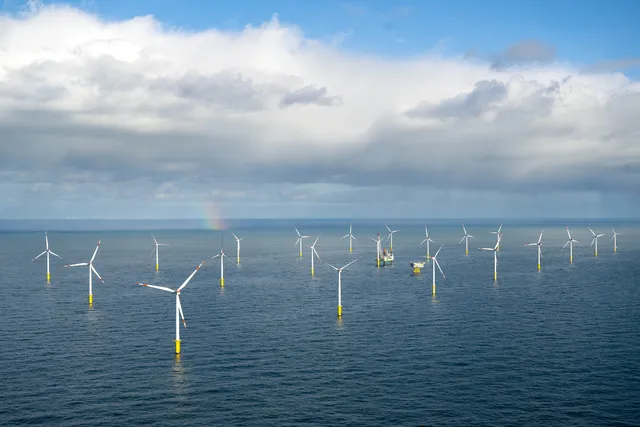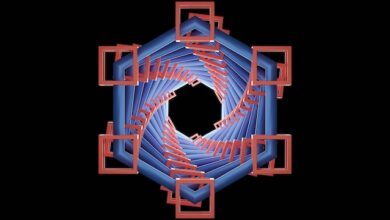The Potential of Wind Energy to Address AI’s Energy Needs

As demand for artificial intelligence (AI) continues to grow across industries, concerns about its energy consumption and environmental impact have become increasingly prominent. However, a promising solution may lie in renewable energy sources, particularly wind power. It offers a sustainable and scalable solution to meet AI’s energy needs. This article explores the intersection of AI technology and wind energy, highlighting the potential benefits and implications of leveraging wind power to support AI infrastructure.
The Rising Energy Demand of AI
Artificial intelligence applications, from machine learning algorithms to deep neural networks, require significant computational power, often delivered by data centers equipped with high-performance computing (HPC) systems. As AI adoption expands, so does the energy consumption of these computing facilities, leading to concerns about carbon emissions and energy sustainability.
The Case for Wind Energy
Sustainable and Renewable
Wind energy is a clean and renewable energy source that harnesses the power of wind to generate electricity. Unlike fossil fuels, wind power produces zero greenhouse gas emissions during operation, making it a key component of sustainable energy transition strategies.
Abundant Resource
Wind energy is abundant and widely distributed across the globe, with vast potential for harnessing wind power in various geographic locations. Advances in wind turbine technology have enabled efficient electricity generation from wind, even in areas with moderate wind speeds.
Wind-Powered AI: Benefits and Opportunities
Green Computing
Integrating wind energy into AI infrastructure enables ‘green computing,’ minimizing the carbon footprint associated with data centers and AI operations. By utilizing renewable energy sources like wind power, organizations can reduce environmental impact while meeting computational demands.
Cost-Effective Solution
Wind energy has become increasingly cost-effective, with declining costs of wind turbine installation and maintenance. Leveraging wind power for AI operations can lead to long-term cost savings compared to traditional fossil fuel-based electricity generation.
Scalability and Reliability
Wind farms can be scaled up to meet growing energy demands, providing a reliable and scalable energy solution for powering AI data centers and computing facilities. This scalability aligns with the expanding requirements of AI applications in various sectors, including healthcare, finance, and transportation.
Challenges and Considerations
Grid Integration
Efficient integration of wind energy into existing power grids requires advanced grid management and energy storage solutions to ensure stability and reliability of electricity supply.
Technological Innovation
Continued technological innovation is essential to optimize wind turbine performance, enhance energy storage capabilities, and improve grid integration for maximizing the benefits of wind-powered AI.
Future Outlook and Industry Trends
Collaborative Initiatives
Public-private collaborations and research partnerships are driving innovations in wind energy technology and AI optimization, fostering synergies between renewable energy and advanced computing.
Policy and Regulatory Support
Government incentives, renewable energy targets, and carbon pricing mechanisms play a crucial role in promoting the adoption of wind energy for AI infrastructure and incentivizing sustainable practices in the technology sector.
Conclusion
In conclusion, leveraging wind energy to power AI infrastructure presents a compelling opportunity to address the energy needs of artificial intelligence while advancing sustainability goals. By embracing renewable energy sources like wind power, organizations can mitigate the environmental impact of AI technologies and contribute to a more sustainable future. With ongoing technological advancements and policy support, the convergence of wind energy and AI holds immense potential to drive innovation and shape the future of clean energy solutions.




